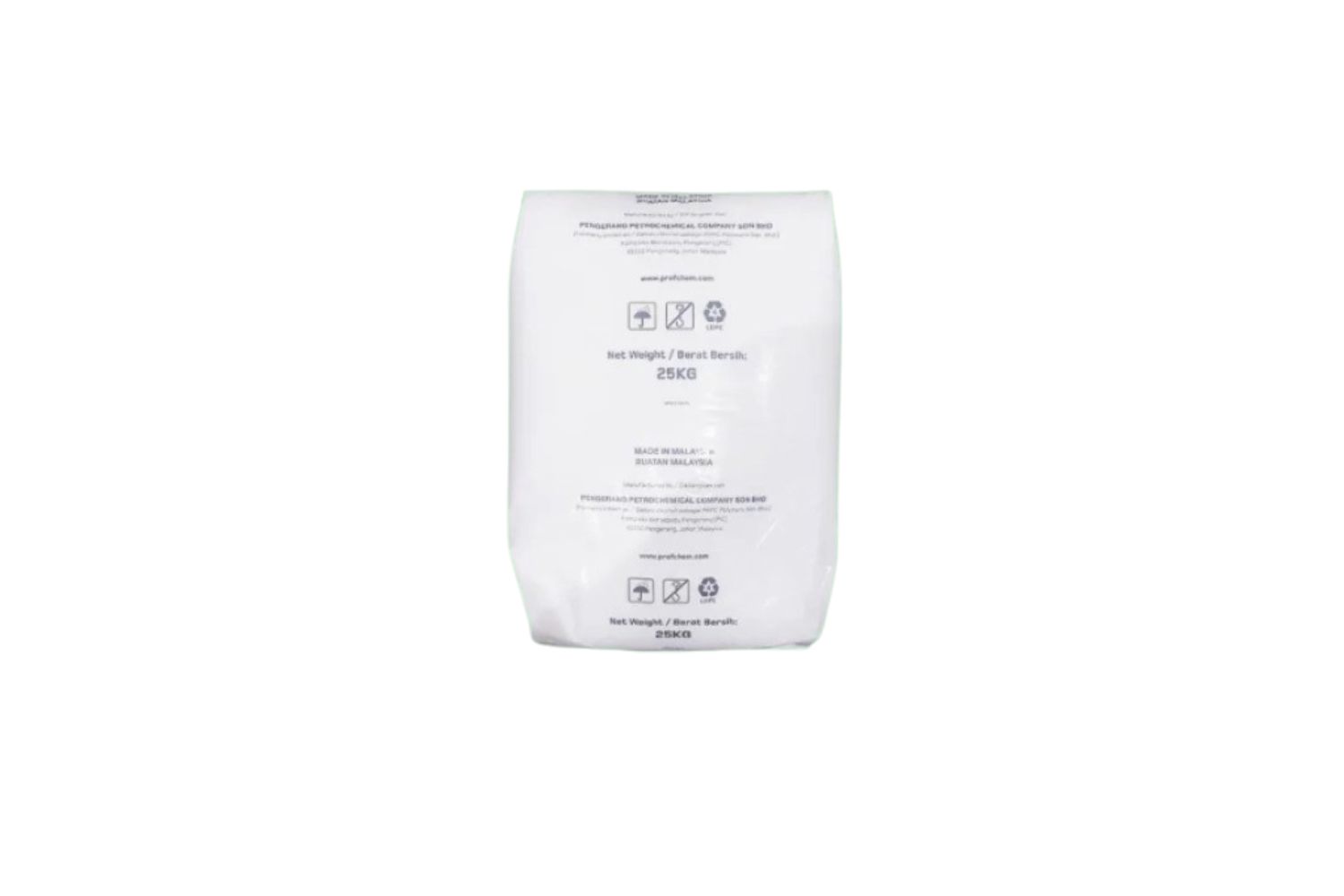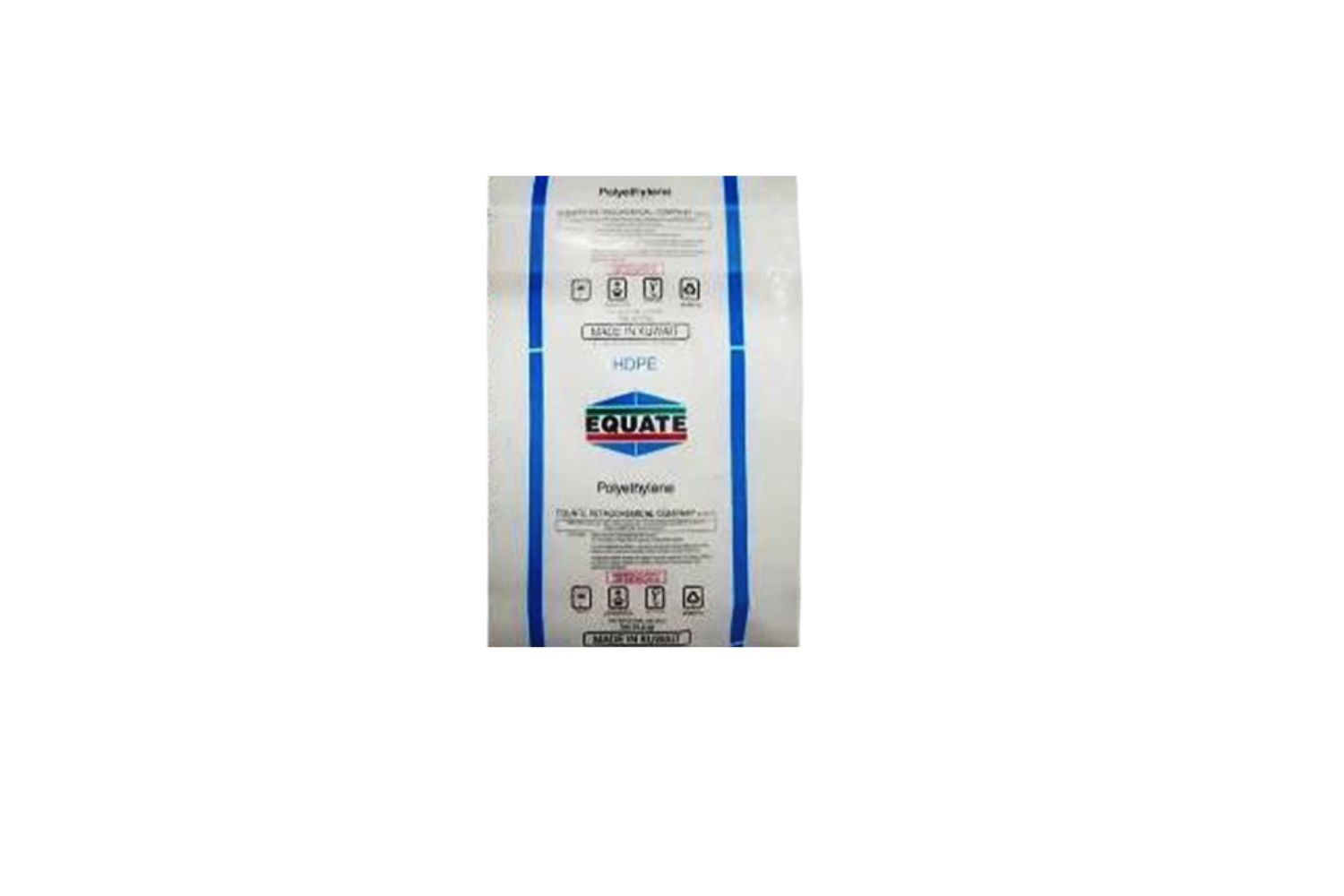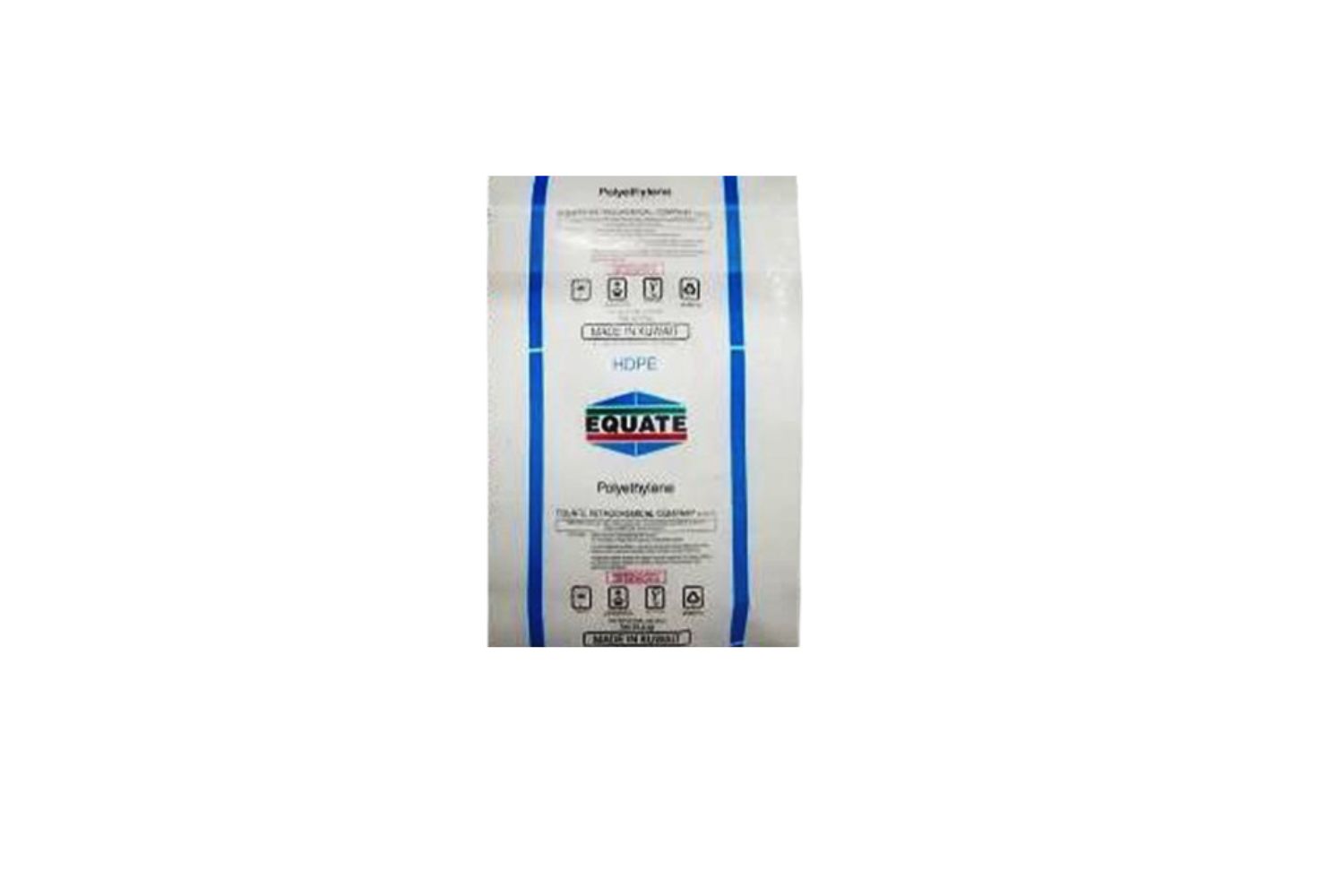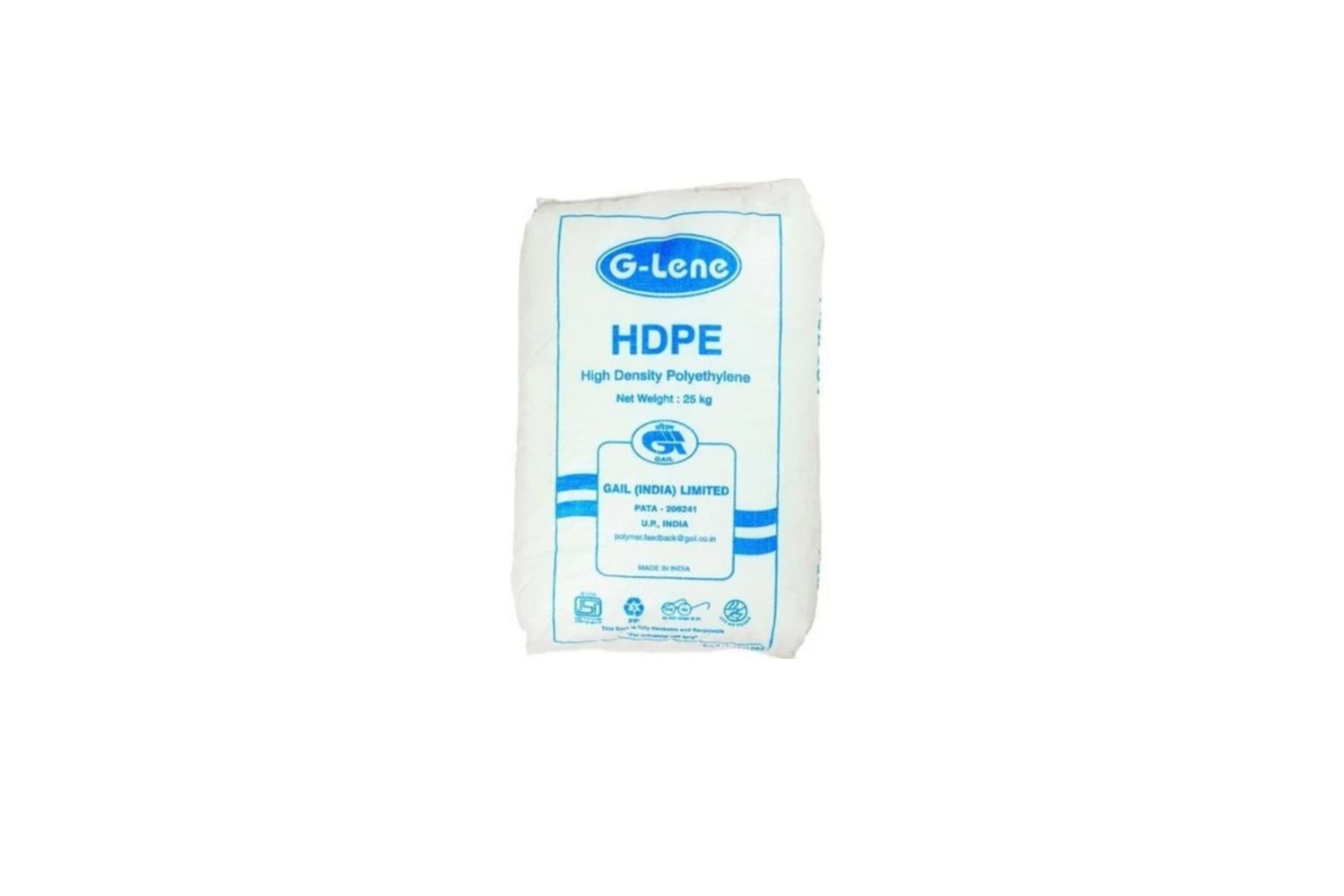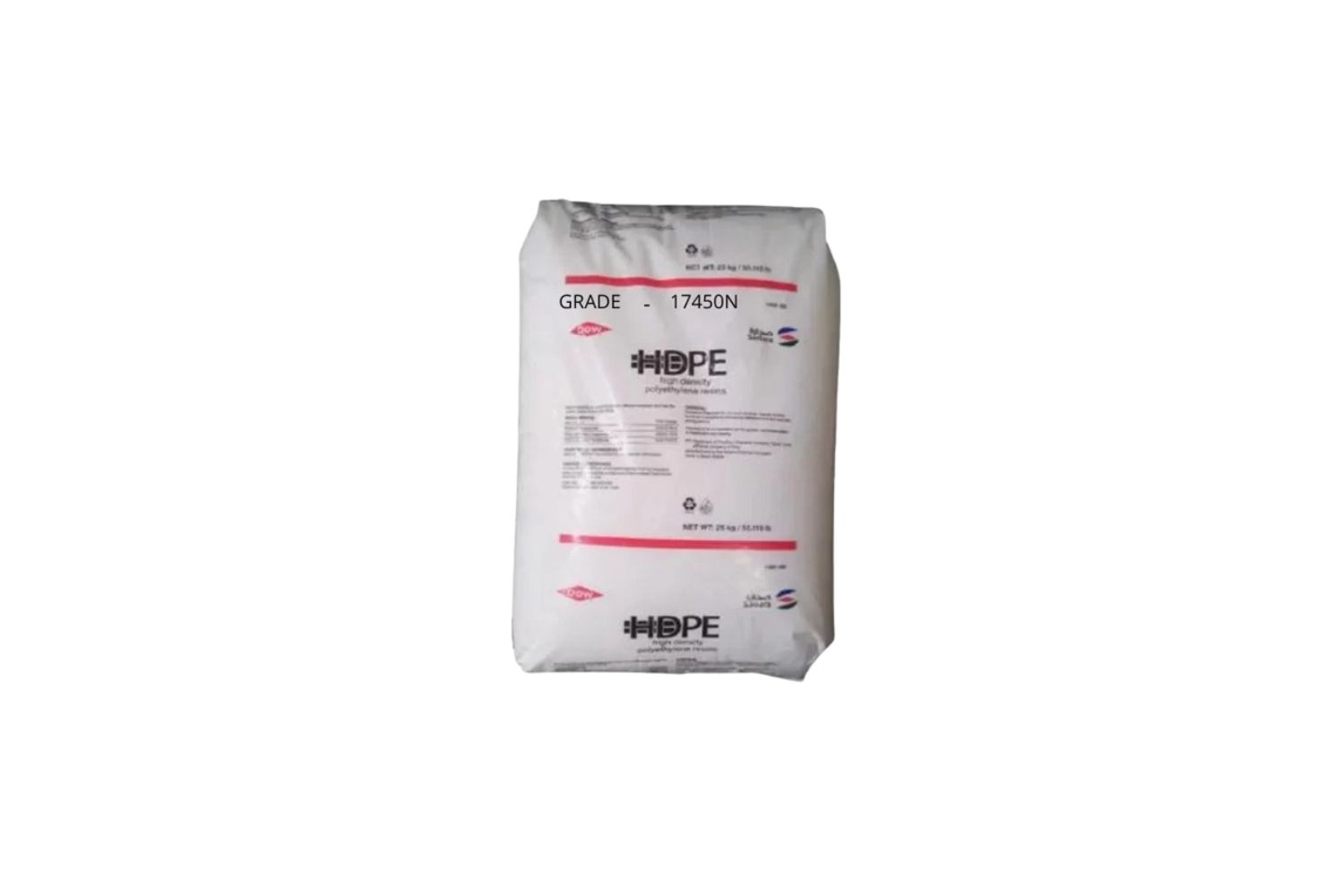What is HDPE ?
HDPE offers impressive strength, stiffness and resistance to chemicals, UV radiation and stress cracking. It excels in outdoor applications with its moisture resistance. Its durability and resistance to wear make it a versatile material.
HDPE’s versatility allows it to be molded into various shapes and sizes, used in piping, containers and automotive components. Its ease of processing and weldability enhance its popularity in infrastructure projects. However, HDPE may not match the strength of alternative polymers like polycarbonate and it has lower heat resistance. Its relatively low melting point can be challenging in specific applications.
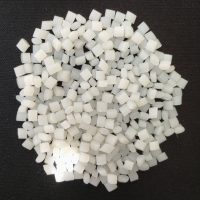
Understanding MFI Grades in HDPE Moulding for Varied Applications
There are several different MFI levels available in HDPE moulding grade, including:
- Low MFI : Low MFI HDPE moulding grade has a low viscosity and is easy to flow. It is commonly used in applications that require fast processing speeds, such as injection molding and blow molding.
- Medium MFI : Medium MFI HDPE moulding grade has a moderate viscosity and is suitable for a wide range of applications. It is commonly used in the production of a variety of plastic products, such as bottles, containers and automotive parts.
- High MFI : High MFI HDPE moulding grade has a high viscosity and is difficult to flow. It is commonly used in applications that require high strength and stiffness, such as pipes and structural components.
Versatile Applications of HDPE in Packaging, Construction and Transportation
Some of the application usage of HDPE are :
- Packaging : HDPE is commonly used to create packaging materials, such as bottles, containers and bags.
- Construction : HDPE is used in a variety of construction applications, including pipes, gutters and roofing membranes.
- Transportation : HDPE is used in the manufacture of automotive parts, such as fuel tanks and bumpers. It is also used to create parts for trains, buses and airplanes.
HDPE Raffia
HDPE raffia is a type of raffia that is made from high density polyethylene (HDPE), a synthetic polymer made from the monomer ethylene. HDPE raffia is known for its high strength, durability and resistance to UV radiation and environmental stress cracking. It is commonly used in a variety of applications, including packaging, agriculture and construction.
To make raffia from HDPE raffia grade, the pellets are melted and extruded through a small, circular die to create thin strands of plastic. The strands are then cooled and collected on a spool or reel. The collected strands are then woven or braided together to create the finished raffia material.
In the packaging industry, HDPE raffia is often used to create bags, sacks and wrapping materials. It is also used in the agriculture industry to create twine, ropes and netting. In the construction industry, HDPE raffia is used to create reinforcing materials, such as geogrids and geotextiles.
HDPE raffia is also used in a variety of other applications, including landscaping, automotive and marine. It is often used to create ropes, cords and webbing for these applications, due to its high strength and durability.

HDPE Pipe
HDPE pipe grade is a type of polyethylene (PE) plastic that is specifically designed for use in the construction of pipes. HDPE pipe grade is known for its high strength, toughness and resistance to chemicals and environmental stress cracking. It is also highly resistant to moisture and water absorption, making it an ideal choice for piping applications.
Pipes made from HDPE pipe grade are typically produced using the extrusion process, which involves melting the HDPE pipe grade resin and forcing it through a die to create a continuous tube of plastic. The tube of plastic is then cooled and cut into the desired length to create the finished pipe.
There are several varieties of HDPE pipe grade, including:
- PE100 : PE100 is the highest-strength and most pressure-resistant grade of HDPE pipe grade. It is commonly used in high-pressure piping applications, such as water and gas pipelines.
- PE80 : PE80 is a lower-strength grade of HDPE pipe grade that is commonly used in medium-pressure piping applications, such as irrigation and sewer lines.
- PE63 : PE63 is a lower-strength grade of HDPE pipe grade that is commonly used in low-pressure piping applications, such as drainage systems.
HDPE pipe grade is used in a variety of applications, including:
- Water and sewage systems : HDPE pipe grade is commonly used to create pipes for water and sewage systems due to its high strength and resistance to chemicals and environmental stress cracking.
- Gas pipelines : HDPE pipe grade is used to create pipes for natural gas and propane pipelines due to its high pressure resistance and corrosion resistance.
- Mining : HDPE pipe grade is used in mining applications to create pipes for slurry transport and to contain hazardous materials.
- Agricultural irrigation : HDPE pipe grade is used to create pipes for agricultural irrigation systems due to its resistance to corrosion and UV radiation.
HDPE Blow
HDPE blow grade is a type of polyethylene (PE) plastic that is specifically designed for use in blow molding, a manufacturing process that involves blowing hot, molten plastic into a mold to create a specific shape.
Some common types of containers that can be made from HDPE blow grade include:
- Bottles : HDPE blow grade is commonly used to create bottles for a variety of products, including personal care products, household cleaners and food and beverages.
- Jars : HDPE blow grade is used to create jars for a variety of products, including food products, cosmetics and household items.
- Pails : HDPE blow grade is used to create pails for a variety of products, including chemicals, paints and adhesives.
- Drums : HDPE blow grade is used to create drums for the storage and transport of liquids and powders.
HDPE Film
HDPE film grade is used in the production of thin, flexible films. Films made from HDPE film grade are typically produced using the extrusion process, which involves melting the HDPE film grade resin and forcing it through a die to create a continuous sheet of plastic. The sheet of plastic is then cooled and rolled onto a spool or reel for further processing or storage. HDPE film grade is used in a variety of applications, including:
- Packaging : HDPE film grade is commonly used to create packaging materials, such as bags, wraps and sheets.
- Agriculture : HDPE film grade is used to create mulch films, which are placed over soil to retain moisture and prevent weeds from growing. It is also used to create greenhouse films, which are used to cover greenhouses to create a controlled environment for plant growth.
- Construction : HDPE film grade is used in the production of construction materials, such as vapor barriers and moisture barriers.
- Consumer goods : HDPE film grade is used in the production of a wide range of consumer goods, such as trash bags, sandbags and shopping bags.
HD Moulding
HDPE moulding grade is used in the production of molded plastic products. There are several varieties of HDPE moulding grade, including:
- High strength HDPE moulding grade that is commonly used in high-strength plastic products such as automotive parts, such as fuel tanks and bumpers and outdoor furniture.
- Medium strength HDPE moulding grade that is commonly used in medium-strength plastic products, such as toys and household items.
- Lower strength HDPE moulding grade that is commonly used in low-strength plastic products, such as disposable cups and containers.
About Viztaar
Viztaar is a tech enabled marketplace that facilitates B2B commerce in bulk industrial raw materials.
By leveraging technology, Viztaar helps buyers find the best prices from sellers across the country thereby optimizing their purchases and improve their bottom line. Buyers get cheapest prices, assured quality and reliable deliveries thereby ensuring complete peace of mind in managing their supply chains through Viztaar.
For sellers, Viztaar provides easy access to buyers on a pan India basis without having to invest in costly sale and marketing functions, acting as their wide reaching distribution network where they can quickly sell their inventory, improve their volumes and focus on optimizing their cash flows.

About SINOPEC
Sinopec Corp., a leading integrated energy and chemical giant in China, excels in exploration, production, and sale of petroleum and natural gas, refining, and petrochemical production. With a prominent presence in China’s oil and gas sector, it leads in refining capacity and ethylene production. The company boasts a robust corporate governance structure, decentralized decision-making, and a vast network of subsidiaries engaged in diverse sectors, including R&D and foreign trade. Operating in China’s economically vibrant regions, Sinopec is a key player in the nation’s thriving energy and chemical landscape.

Sinopac offers a diverse range of high-quality products designed to cater to the ever-evolving needs of our customers. Our portfolio includes advanced polymers, industrial machinery and specialty chemicals. Some of our flagship brands include PolyTechPro for polymers and MachinexMaster for industrial equipment. Each brand is a symbol of reliability, performance and innovation.
The 16.78 billion H shares were listed in Hong Kong, New York and London Stock Exchanges on 18th and 19th October, 2000. The 2.8 billion A shares were listed in Shanghai Stock Exchange on 8th August, 2001. As of end 2017, the Company’s total number of shares is near 121.1 billion, of which 95.6 billion are domestic A shares and 25.5 billion are overseas H shares.






